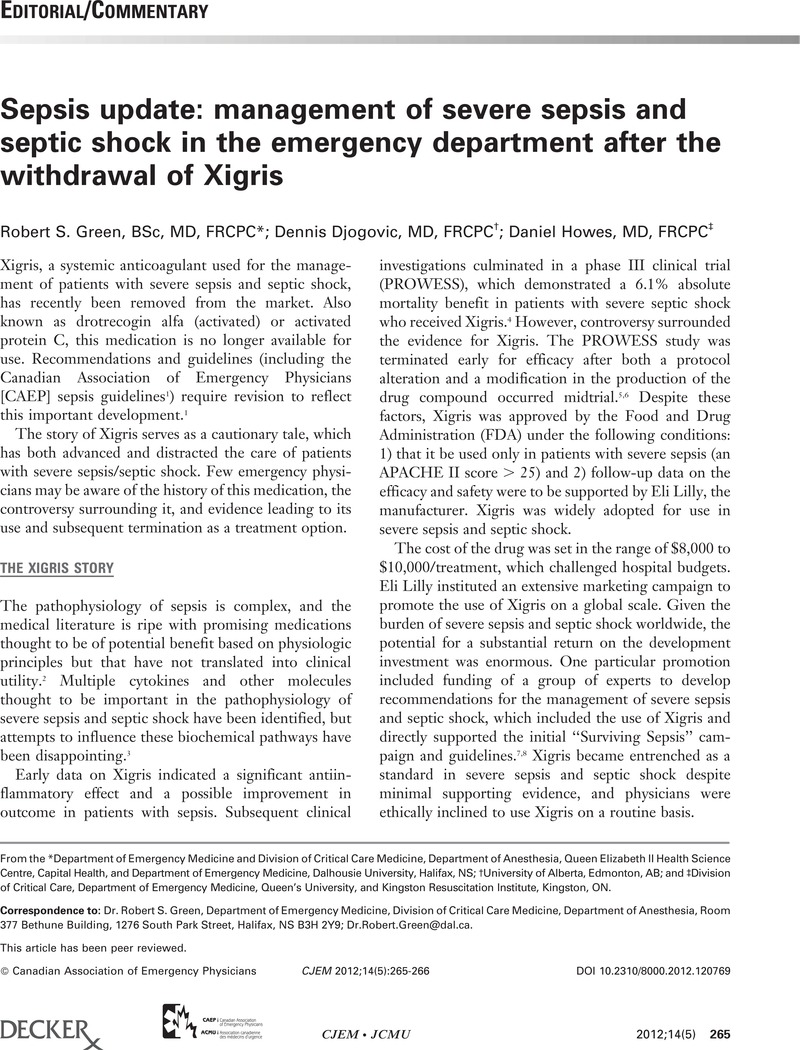Crossref Citations
This article has been cited by the following publications. This list is generated based on data provided by Crossref.
Lexchin, Joel
2013.
Who should fund CME?.
CJEM,
Vol. 15,
Issue. 03,
p.
133.
Dumont, Jennifer
Euwart, Don
Mei, Baisong
Estes, Scott
and
Kshirsagar, Rashmi
2016.
Human cell lines for biopharmaceutical manufacturing: history, status, and future perspectives.
Critical Reviews in Biotechnology,
Vol. 36,
Issue. 6,
p.
1110.
Liew, Kong Yen
Hafiz, Md Faizul
Chong, Yi Joong
Harith, Hanis Hazeera
Israf, Daud Ahmad
Tham, Chau Ling
and
Wilkinson, Jenny M.
2020.
A Review of Malaysian Herbal Plants and Their Active Constituents with Potential Therapeutic Applications in Sepsis.
Evidence-Based Complementary and Alternative Medicine,
Vol. 2020,
Issue. 1,
Tan, Sun Mee
Nakanishi, Hidehiko
Ishida, Shuji
Kosaka, Yukako
Sekiya, Rika
Kawada, Kouhei
and
Ooka, Mari
2023.
Hemodynamic evaluation of extremely low birth weight infants during the first 7 days of life.
Early Human Development,
Vol. 187,
Issue. ,
p.
105900.



